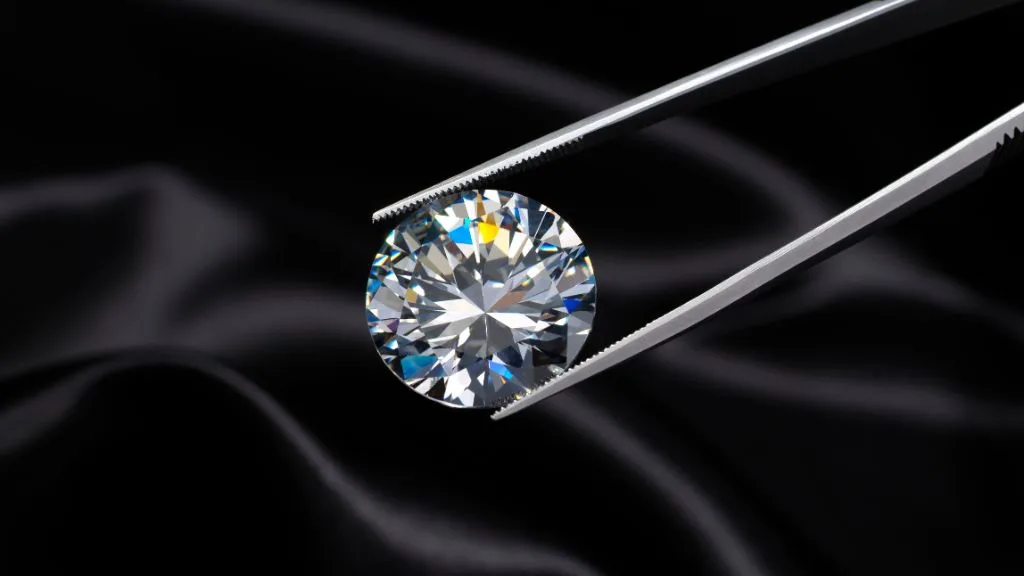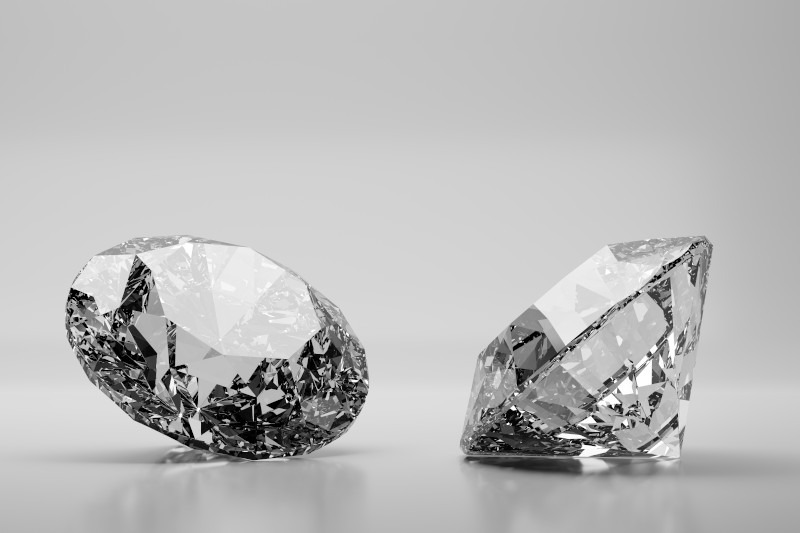
What Are the 4Cs?
The 4Cs of diamonds stand for Carat Weight, Variety, Clearness, and Cut. These four measures are utilized to survey the quality and worth of a diamond. They could sound a piece specialized, yet you can definitely relax — I’ll walk you through every one bit by bit.
Carat Weight
Characterizing Carat Weight
Carat weight is in many cases the principal thing individuals consider when they envision a diamond 4c. It measures how much a diamond gauges. One carat is comparable to 200 milligrams. Bigger diamonds are rarer and more important, which is the reason carat weight frequently essentially affects a diamond’s cost.
How Carat Weight Influences Cost
Consider carat weight as the size of the diamond. Very much like a greater apple for the most part costs in excess of a more modest one, a bigger diamond is more costly. However, recollect, greater isn’t better 100% of the time. The cost bounces considerably with every carat, so offsetting size with different qualities is significant.
Variety
The Variety Scale
With regards to diamonds, variety isn’t about the garish shades you could envision. All things considered, it alludes to how dull a diamond is. The GIA (Gemological Establishment of America) grades diamonds on a scale from D (dry) to Z (light yellow or brown). A higher grade implies a more significant diamond.
How Variety Influences Diamond Worth
By and large, diamonds with less variety are more important. However, certain individuals could lean toward a somewhat hued diamond for individual reasons or budget considerations. In the event that you’re on a careful spending plan, diamonds in the G-H range offer a good harmony among worth and appearance.
Lucidity
Understanding Lucidity Grades
Lucidity measures how clear a diamond is. It takes a gander at the number and size of inside and outer flaws, known as considerations and imperfections. The clearer the diamond, the higher its lucidity grade. The GIA grades clearness from Impeccable (no incorporations apparent under 10x amplification) to Included (considerations apparent to the unaided eye).
Normal Clearness Considerations
Incorporations can be small or huge, and their sorts change. A few normal sorts incorporate mists, plumes, and precious stones. While numerous considerations are tiny, some are apparent. Understanding these can assist you with choosing if a diamond’s clearness satisfies your guidelines.
Cut
What Is Cut?
The cut alludes to how well a diamond has been formed and faceted. It impacts how light shines off the diamond, which influences its brightness and shimmer. A very much cut diamond will mirror light perfectly, while an inadequately cut diamond might seem dull.
Effect of Cut on Brightness
Consider the cut the diamond’s performance. A diamond with a fantastic cut will shimmer and sparkle, causing it to show up more exuberant and dynamic. The cut effects how light enters and leaves the diamond, so it’s pivotal for augmenting brightness.
How to Pick the Right Diamond
Picking a diamond resembles picking an ideal organic product — everything revolves around equilibrium and individual taste.
Adjusting the 4Cs
While choosing a diamond, you really want to adjust the 4Cs in view of your needs. For instance, on the off chance that you’re on a tight spending plan, you could pick a somewhat more modest diamond with higher lucidity or variety. Focus on what makes the biggest difference to you, whether it’s size, lucidity, or how the diamond shines.
Setting a Budget
It’s vital to set a budget before you begin shopping. Diamonds arrive in a great many costs, so realizing your cutoff points helps slender down your decisions. Keep in mind, you don’t need to spend a fortune to get a lovely diamond. It’s tied in with tracking down the best quality affordable for you.
Individual Inclinations
Your own taste assumes a major part in picking a diamond. Do you favor a huge diamond with lower lucidity, or a more modest, high-clearness jewel? Your own style and inclinations ought to direct your decision, so take as much time as is needed to find what feels ideal for you.
Where to Purchase Your Diamond
When you understand what you need, where you purchase your diamond is the following critical stage.
Retail vs. On the web
Purchasing a diamond from an actual store allows you to see and touch the stone. However, online retailers frequently offer better costs and a more extensive choice. Make a point to purchase from trustworthy sources and check for confirmation to guarantee you’re getting a quality item.
Confirmed Goldsmiths
Confirmed goldsmiths are a sure thing while buying a diamond. They give detailed evaluating reports and guarantee the nature of their lab made diamonds. Search for accreditations from associations like the GIA or AGS to confirm the diamond’s genuineness and quality.
Conclusion
Exploring the universe of diamonds doesn’t need to overpower. By understanding the 4Cs — Carat Weight, Variety, Clearness, and Cut — you can settle on an informed choice and track down the ideal diamond that suits your necessities and budget. Keep in mind, the best diamond is one that lines up with your own inclinations and offers the best harmony between quality and worth. Blissful diamond hunting!







